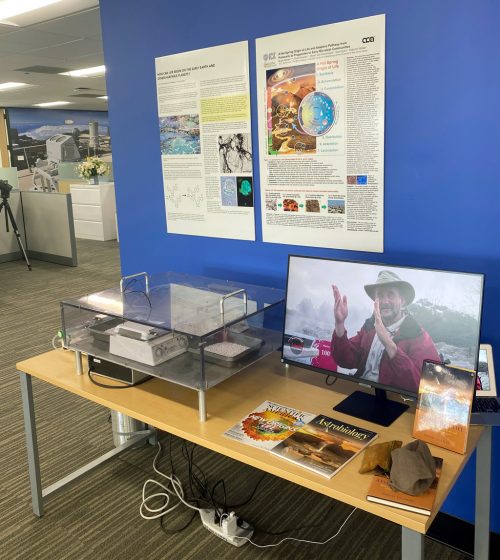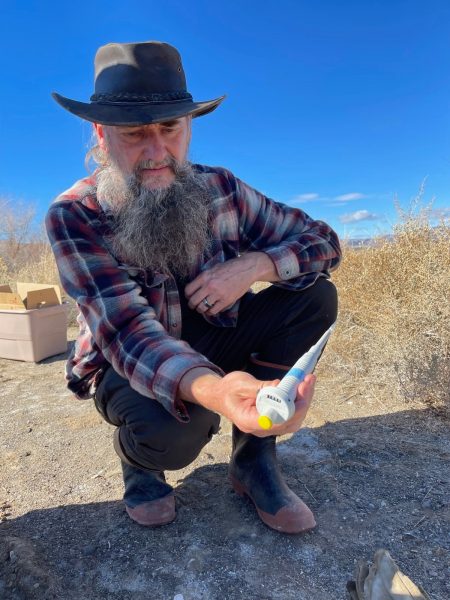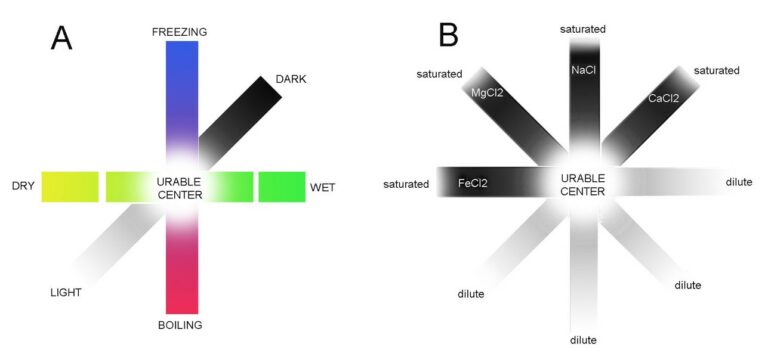“For life to become intelligent, it must first begin.”
Two different environments have been proposed for the origin of life. Most of the water on Earth is the salty seawater of oceans that cover two thirds of the Earth’s surface, so it seems obvious that life must have begun in the ocean, perhaps at hydrothermal vents that supply a source of energy.
However, there is an alternative environment that still exists today. Volcanic islands like Hawaii and Iceland emerge from the ocean, and precipitation distilled from salty seawater provides a source of freshwater to hydrothermal sites, commonly called hot springs. The water in hot springs is highly dynamic. Small pools are filled by rain, then dry out when the hot mineral surfaces cause the water to evaporate. Other cycles of wetting and drying occur when geysers erupt and splash water onto surrounding rocks, or when small wavelets at the borders of ponds ebb and flow.
The chamber on the table is testing whether nucleic acids can be synthesized spontaneously in conditions simulating what the Earth was like four billion years ago. The aluminum disk has 24 wells with glass vials, and each vial contains a solution of nucleotides. The disk is heated to ~80 degrees C and periodically rotates at a speed that exposes each vial to a cycle of wetting and drying every two hours. A flow of carbon dioxide passes through four tubes on each side of the disk to help the water evaporate, and water delivered from two syringes slowly drips into each vial every ten minutes. In a typical overnight session, the vials are
cycled eight times.
The products of cycling are analyzed in multiple ways, and so far, their properties match those of known nucleic acids. One of the most convincing properties is to visualize them using atomic force microscopy. The image below shows polymers composed of guanosine monophosphate and cytidine monophosphate, two of the four nucleotides that compose DNA and RNA. The mixture was exposed to three wet-dry cycles on mica, then flushed with water, dried and viewed. The polymers form tangles that are indistinguishable from DNA or RNA molecules dried on mica.
What can we conclude from the work so far? First, the results suggest that it is possible for long strands of nucleic acids resembling DNA and RNA to be synthesized by cycles of wetting and drying, conditions that would have been common in volcanic sites on the early Earth and Mars. Second, if life did not invent nucleic acids, how did they become incorporated in the first living cells? The answer is surprisingly simple. The same wet-dry cycles allow membranes to encapsulate nucleic acids if fatty acids are present in the mixture, producing vast numbers of protocells. As this work continues, we plan to develop and test a more complete set of physical and chemical properties which a young planet needs for life to begin. We have proposed a new word – urability – to describe such sets. These properties directly inform the F sub l term in Frank Drake’s equation: the fraction of planets where life emerges and evolves.
Read the full article about the collaboration here:
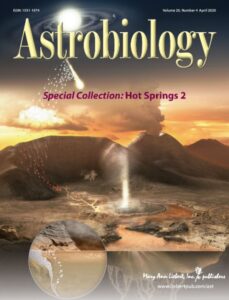
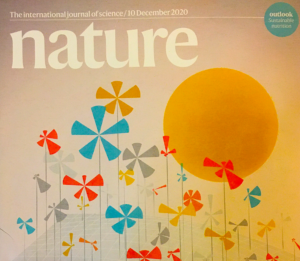
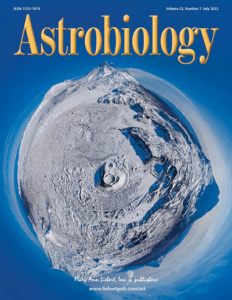
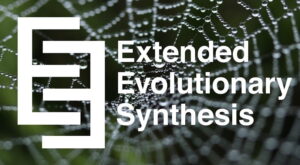

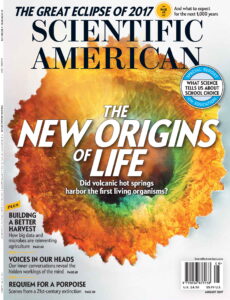


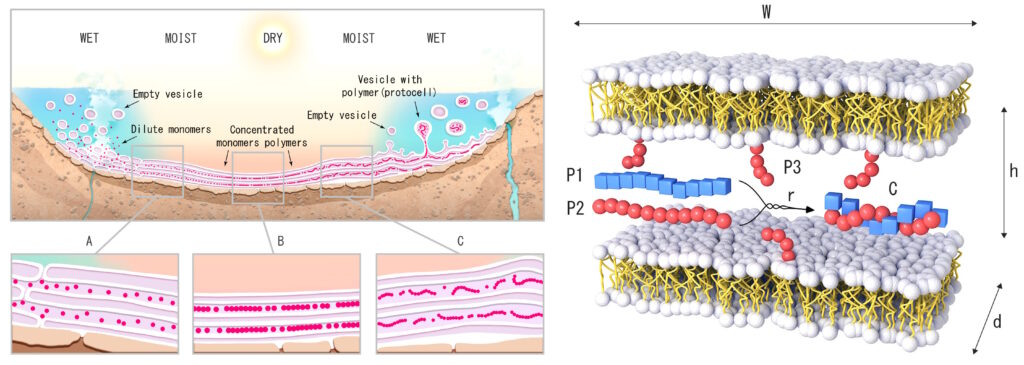
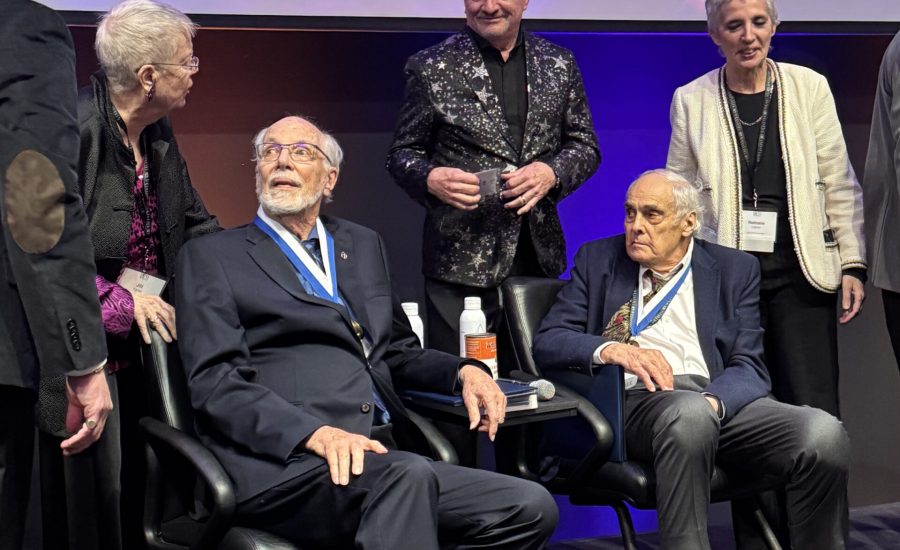
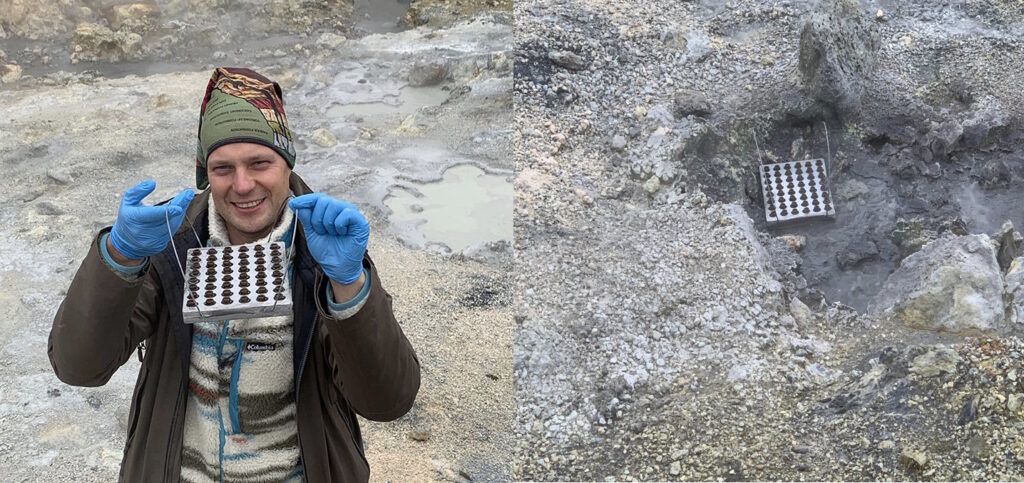
![DJI_20230413_153234_942[111542] DJI_20230413_153234_942[111542]](https://biota.org/wp-content/uploads/elementor/thumbs/DJI_20230413_153234_942111542-1-scaled-qa0f61hesujlqw9653ikprd2f20ul5k76n8niqxyis.jpg)
